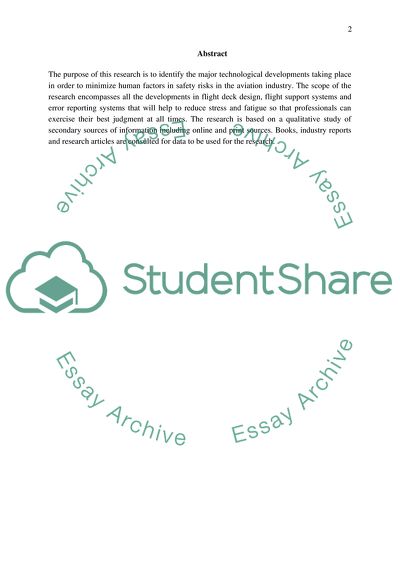Cite this document
(“Future of Human Factors in Aviation (capstone paper) Thesis”, n.d.)
Retrieved from https://studentshare.org/miscellaneous/1628784-future-of-human-factors-in-aviation-capstone-paper
Retrieved from https://studentshare.org/miscellaneous/1628784-future-of-human-factors-in-aviation-capstone-paper
(Future of Human Factors in Aviation (capstone Paper) Thesis)
https://studentshare.org/miscellaneous/1628784-future-of-human-factors-in-aviation-capstone-paper.
https://studentshare.org/miscellaneous/1628784-future-of-human-factors-in-aviation-capstone-paper.
“Future of Human Factors in Aviation (capstone Paper) Thesis”, n.d. https://studentshare.org/miscellaneous/1628784-future-of-human-factors-in-aviation-capstone-paper.


